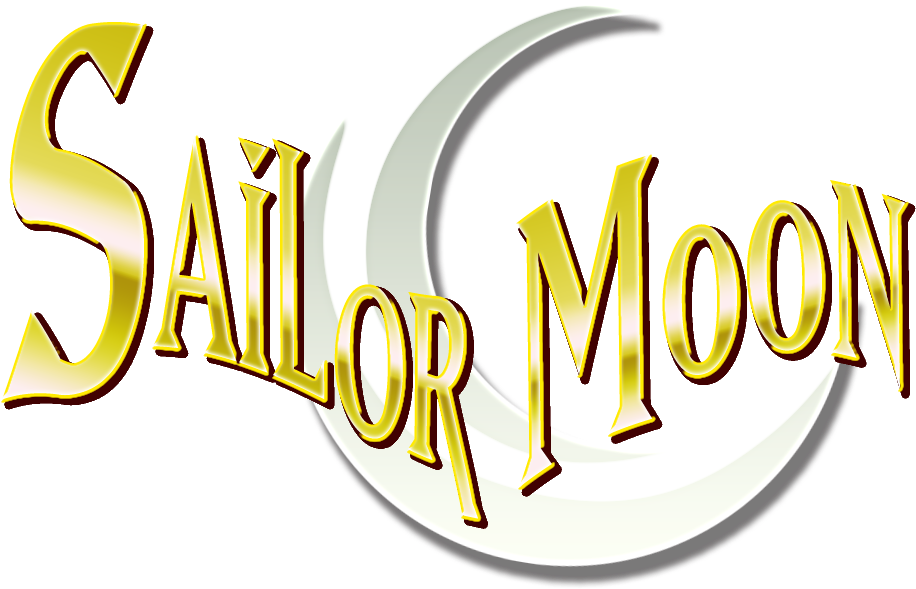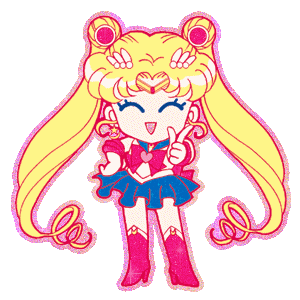Moon Pride - A Quick Retrospect
🌙 月にかわっておしおきよ!🌙
Sailor Moon is a Japanese shojo series that
began as a manga, written and illustrated
by Naoko Takeuchi.
It went from a serialized story in 1991 and blossomed into a worldwide phenomenon that has seen numerous
incarnations,
from television to the concert stage. A lively story depicting strong female leads battling the forces of evil
while
struggling in their daily lives, it touched many fans and became one of the world's best-selling manga series
having
also generated over $13 billion in merchandising revenue.
I found the series as a girl in middle school, a time where one tries to find their own sense of
self and their place in the world. I latched onto the beautiful artwork, but was even more interested in the
element of female friendship, something that
always seemed unattainable. Strong female leads always attracted me but the added message of love conquering all
made it
all the more unique. Now as an adult, the series still holds a special place in my heart and always will. It's
why I
made
Sailor Moon the focus of this simple project. For added nostalgia I styled it in a way reminiscent of
an old Geocities
website that so many web surfers my age played with to express our fandoms. Ironic that so long ago I was
dabbling in web design and
didn't
even know it. Look at me now!
-

Sailor Moon in Japan
The concept for Sailor Moon started as an offshoot of Naoko's previous work, Sailor V. The once-solo character became a member of the budding team of magical girls and renamed Sailor Venus to fit with Naoko's celestial theme. While the magical girl genre was not new in Japan, this was the first time a team of heroines banded together to fight; an idea greatly inspired by super sentai series. Working alongside editors and Toei Animation, the concept was fleshed out for an anime adaptation which premiered in 1992. While the manga was popular, the anime propelled Sailor Moon into legendary status and its influence can be seen in both anime and Western animation to this day.
-

Sailor Moon in America
While anime was not a new concept in North America it wasn't a commonly known medium, and many shows that made it over were so Americanized and edited that they were unrecognizable to their Japanese counterparts. In an attempt to capitalize on the success of Mighty Morphin Power Rangers, DIC Productions gained the license for the first two seasons of Sailor Moon to air in North America. Hitting US airwaves in 1995, the show had a bumpy ride but thanks to loyal fans and the growing popularity of the internet, it stayed the course and helped usher in the rise of anime in North America along with shows like Dragon Ball Z and Pokemon.
-

Global Sailor Moon Revival
The Sailor Moon franchise touched many lives and never really disappeared from their hearts. It spread throughout Asia, Europe, and beyond. Internet communication has kept fans in touch and given them access to things that may have never reached them otherwise like movies, musicals, and tons of merchandise originally meant for Japanese audiences. However, the franchise has experienced a great resurgence around its 25th anniversary with re-releases of the manga and a brand new anime for fans to consume. With popular streaming services, fans can now enjoy Sailor Moon easily and newer fans have been created cementing this magical girl's place in history.
